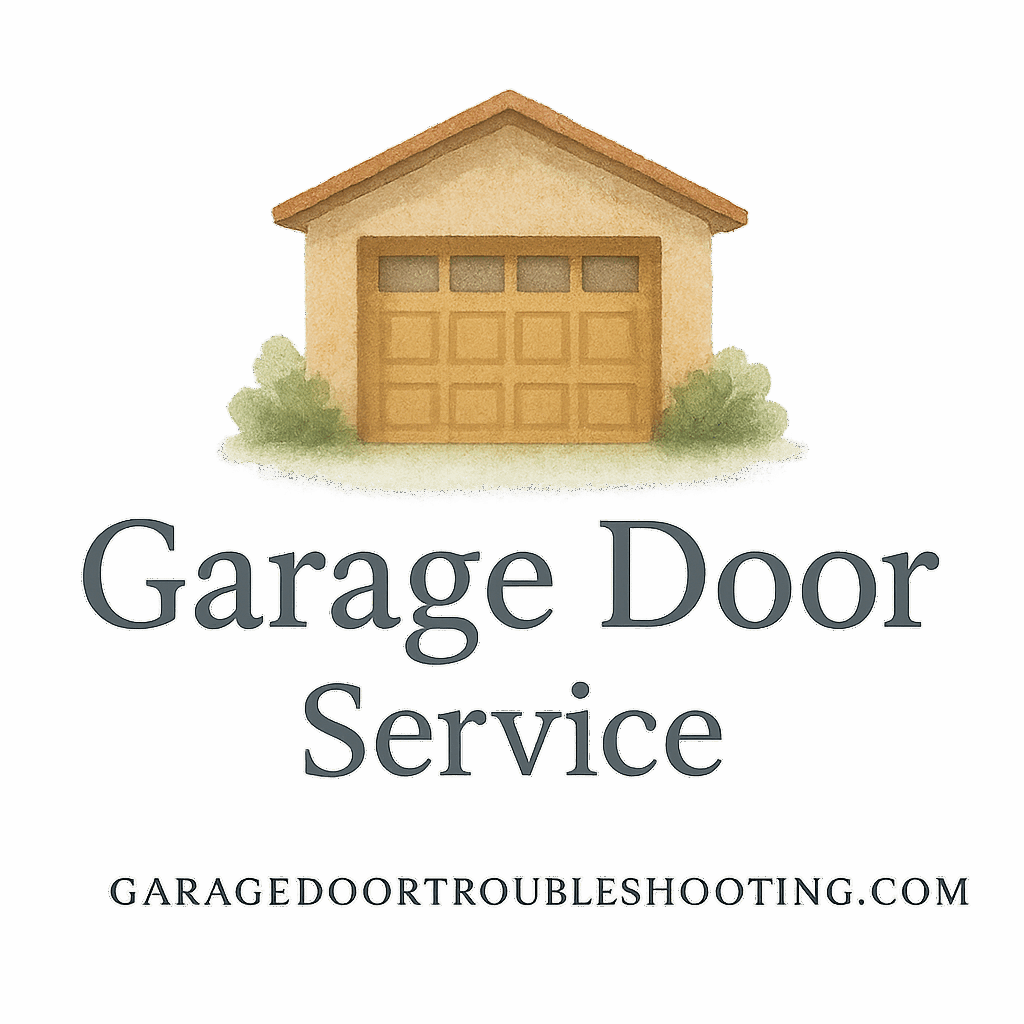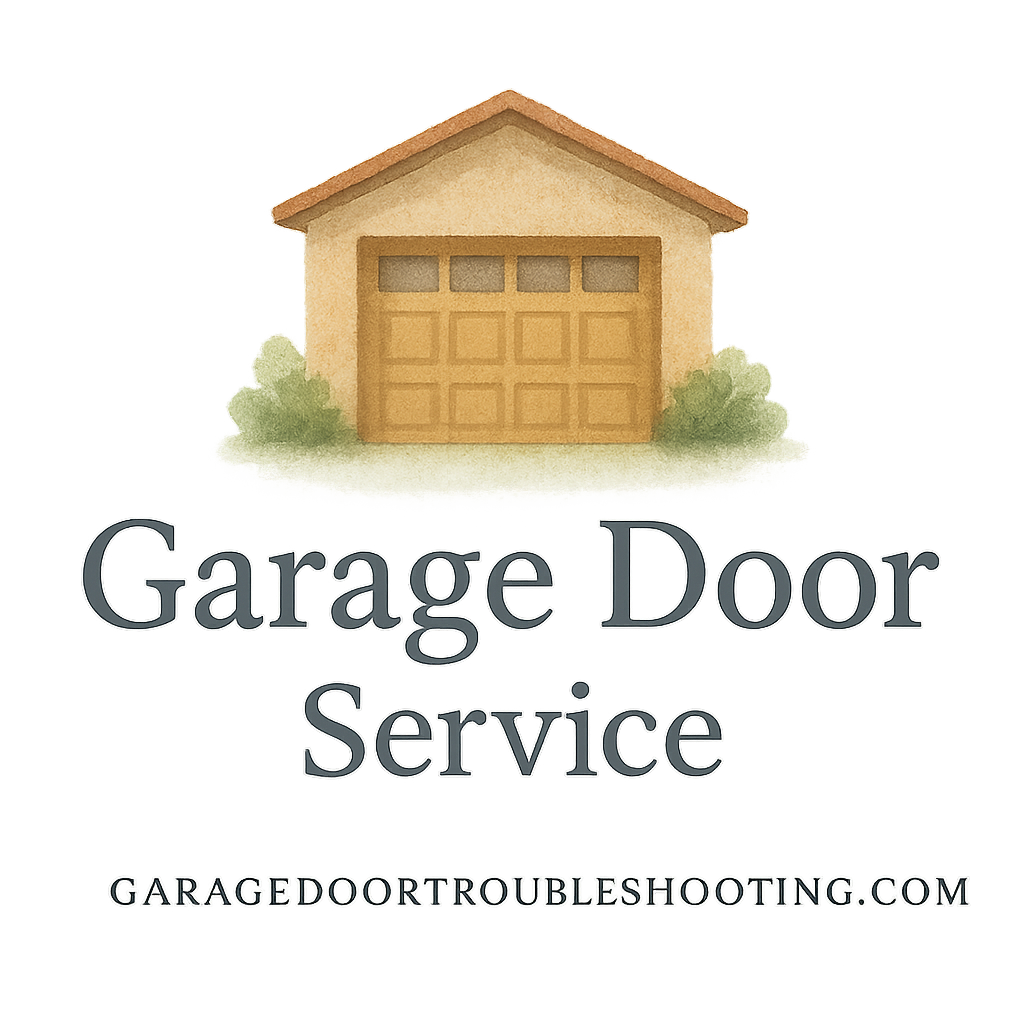Why Garage Door Lubrication Matters
When was the last time you gave your garage door some TLC? If you’re like most homeowners, it’s probably been a while. But here’s the truth: proper lubrication is one of the cheapest and easiest ways to avoid costly garage door repairs.
Think of it like this—your garage door is the largest moving object in your home, with springs, rollers, hinges, and tracks working together every time you hit that opener button. Without lubrication, friction builds, parts wear out faster, and before you know it, you’re shelling out hundreds on repairs that could have been avoided.
For more detailed advice on keeping your door in top shape, check out these garage door maintenance tips.
The Role of Moving Parts in Garage Door Performance
Your garage door isn’t just a giant slab of steel or wood; it’s a system. Every hinge, roller, and spring plays a critical role in lifting and lowering the door smoothly. If one piece gets sticky or rusted, the entire door struggles. That strain not only affects performance but can also damage your opener motor.
Common Repair Costs You Can Avoid with Proper Lubrication
Here’s the kicker: garage door repairs aren’t cheap. Spring replacements can run between $150–$300, roller replacements cost $100–$200, and full track realignment is even higher. But with regular lubrication, you can stretch the lifespan of these components and keep more money in your pocket.
Tip 1: Choose the Right Garage Door Lubricant
Not all lubricants are created equal. In fact, using the wrong one can do more harm than good.
Silicone vs. Lithium Grease: Which Works Best?
For garage doors, lithium-based grease or silicone spray is your best bet. These lubricants are designed to handle high-friction, high-pressure situations. Silicone sprays penetrate tight spots and protect against rust, while lithium grease sticks to metal and reduces wear.
Lubricants You Should Avoid at All Costs
Here’s a common mistake—using WD-40. While it’s great for cleaning, it’s not a lubricant. In fact, it can strip away existing grease, leaving parts more vulnerable. Skip household oils too; they attract dust and grime that clog up your door’s moving parts.
Tip 2: Lubricate the Garage Door Springs
Springs do the heavy lifting—literally. Without proper lubrication, they dry out, squeak, and eventually snap.
Why Springs Need Extra Attention
Garage door springs are under extreme tension, making them one of the most dangerous parts of your system. Keeping them lubricated helps them flex without grinding and reduces the risk of breakage.
If you’re worried about safety, read more about garage door safety precautions.
How Often Should You Lubricate Springs?
A good rule of thumb is every 3–4 months. In humid or coastal climates, you may need to do it more often since rust builds up quickly.
Tip 3: Focus on Hinges, Rollers, and Tracks
These parts may seem small, but they’re the backbone of smooth garage door operation.
Hinges: Small Parts, Big Impact
Hinges allow your garage door panels to bend as the door rolls up. Without lubrication, they squeak, stick, and even crack.
Rollers and Tracks: The Heart of Smooth Operation
Rollers ride inside the tracks, guiding your door up and down. Apply a thin layer of lubricant to the roller bearings and inside track edges. This reduces friction and prevents that annoying screech when your door opens.

Tip 4: Don’t Forget the Garage Door Opener Chain or Screw
Your opener system also needs love. Depending on the type you own, lubrication is crucial.
Chain Drive Openers
These work like a bicycle chain, which means they need occasional greasing to prevent stretching or rust.
Screw Drive Openers
These use a long threaded rod. A small amount of lithium grease applied along the screw keeps it gliding smoothly.
Tip 5: Create a Regular Garage Door Maintenance Plan
Lubrication shouldn’t be random—it should be part of a broader plan.
Setting a Lubrication Schedule
Mark your calendar for quarterly lubrication checks. Combine it with a visual inspection of springs, cables, and rollers to catch early signs of wear.
Need help planning? See our maintenance plan tips.
Combining Lubrication with Safety Checks
While lubricating, test your door’s balance, reverse sensors, and emergency release. This keeps both your door and your family safe.
DIY vs. Professional Lubrication Services
Should you do it yourself or hire a pro? It depends.
When DIY Works
Simple lubrication of rollers, hinges, and tracks is an easy DIY job. All you need is the right lubricant and 15 minutes of your time.
When to Call a Professional Garage Door Service
If your springs look rusty, cables are fraying, or the opener chain is loose, call a professional service provider. These are dangerous repairs that go beyond DIY.
Safety Precautions Before Lubricating Your Garage Door
Before you start, keep these safety rules in mind.
Turning Off the Opener Power
Unplug the opener or flip the breaker. You don’t want your door moving while your hands are near the springs.
Keeping the Family Safe During Maintenance
Make sure kids and pets are out of the garage. Lubrication may be quick, but safety comes first.
Benefits of Regular Garage Door Lubrication
So, what do you gain from this simple habit?
Longer Lifespan for Parts
Lubrication minimizes wear, preventing costly replacements of rollers, hinges, and springs.
Reduced Noise and Smoother Operation
Say goodbye to screeching and grinding. A lubricated door glides open like butter.
Signs Your Garage Door Needs Immediate Lubrication
Sometimes, your garage door practically begs for attention.
Grinding, Squeaking, or Banging Noises
If your door sounds like a haunted house, it’s time to grab the lubricant.
Jerky or Slow Door Movement
A well-lubricated door should glide. If it jerks or hesitates, friction is likely the culprit.
Common Mistakes Homeowners Make When Lubricating Garage Doors
Even good intentions can backfire.
Overusing Lubricant
Too much grease attracts dirt, which clogs moving parts and causes more harm. A light coat is all you need.
Using the Wrong Type of Product
As mentioned earlier, WD-40 is a cleaner, not a lubricant. Stick with silicone or lithium grease.
How Lubrication Fits into a Full Garage Door Maintenance Strategy
Lubrication alone isn’t enough. Pair it with inspections and professional servicing.
Inspections Alongside Lubrication
Check your cables, balance, and safety sensors while you’re at it.
Preventing Dangerous Repairs Through Maintenance
By staying proactive, you reduce the chance of needing high-risk, dangerous garage door repairs.
Conclusion
Lubricating your garage door might seem minor, but it’s a powerful way to avoid expensive breakdowns. By using the right products, focusing on key components, and sticking to a schedule, you’ll extend your door’s lifespan, reduce noise, and save money. Think of it as an investment—one small effort today prevents big repair bills tomorrow.
For more resources, explore our garage door repair guides and installation advice.
FAQs
1. How often should I lubricate my garage door?
Every 3–4 months is ideal, though high-humidity areas may need more frequent care.
2. Can I use WD-40 to lubricate my garage door?
No, WD-40 is a cleaner, not a lubricant. Use silicone spray or lithium grease instead.
3. Should I lubricate the entire garage door track?
No. Lubricate the edges and rollers, but not the full track—it can cause buildup.
4. Do I need to hire a professional for lubrication?
Not usually. Most lubrication is DIY-friendly, but call a professional provider if you spot serious wear.
5. What happens if I don’t lubricate my garage door?
You risk premature wear, costly repairs, and noisy operation.
6. Is lubrication safe for childproof garages?
Yes, as long as you follow childproof safety tips and keep lubricants out of reach.
7. How can I tell if my garage door needs immediate attention?
Listen for grinding, squeaking, or jerky movement—clear signs lubrication is overdue.


